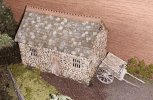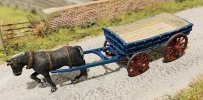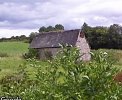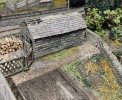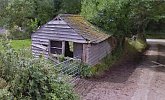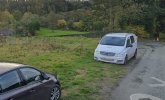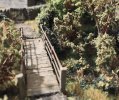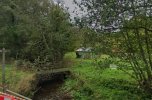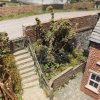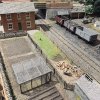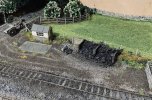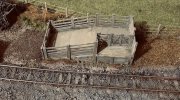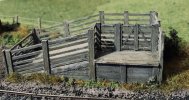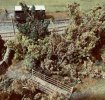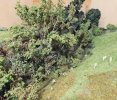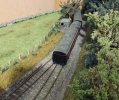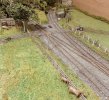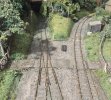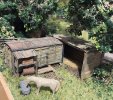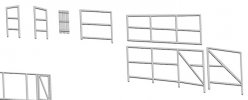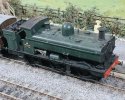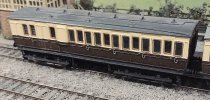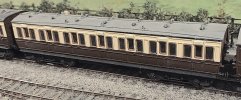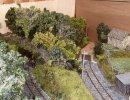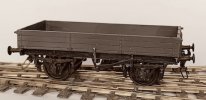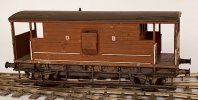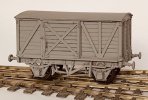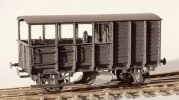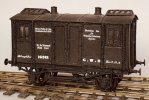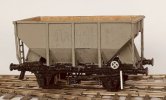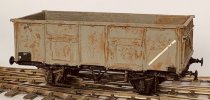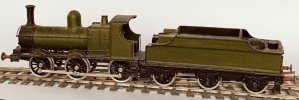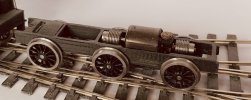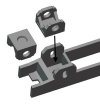Barry37
Western Thunderer
Time for some rolling stock.
This is a 3D printed (except for buffer heads) BR Gannet, here still being called a Trout. It's a welded version of the LMS 25ton ballast hopper.
It was printed as a "kit", though the hopper is in one piece.
Behind, are two Whales. I'm not sure if they came to the Blodwell ballast quarry (actually called Llanddu), but Sealions and Seacows certainly did. Not to the station side of the bridge, though.
The post-steam ballast trains were hauled by Class 24s (possibly 25s), and in later years, Class 31s and occasionally, a Class 37.
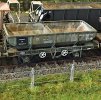
Somewhat earlier, this is a GWR outside-framed brake van. It has a few faults, so I'll probably print a replacement sometime, which won't have a printed roof.
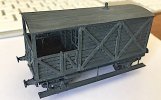
This is a 3D printed (except for buffer heads) BR Gannet, here still being called a Trout. It's a welded version of the LMS 25ton ballast hopper.
It was printed as a "kit", though the hopper is in one piece.
Behind, are two Whales. I'm not sure if they came to the Blodwell ballast quarry (actually called Llanddu), but Sealions and Seacows certainly did. Not to the station side of the bridge, though.
The post-steam ballast trains were hauled by Class 24s (possibly 25s), and in later years, Class 31s and occasionally, a Class 37.

Somewhat earlier, this is a GWR outside-framed brake van. It has a few faults, so I'll probably print a replacement sometime, which won't have a printed roof.


